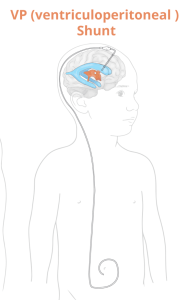In a Letter to the Editor Lu et al. published in the Journal of Neurosurgery to discuss ventriculoperitoneal shunt management strategies for discharged patients 1).
Critical Appraisal
– Strengths:
-
Highlights a clinically important gap—post-discharge VPS care.
-
Sparks important discussion on outpatient monitoring and follow-up protocols.
– Limitations:
-
Absence of abstract/data: no study design, patient numbers, follow-up length or outcomes described.
-
Lacks novel evidence—appears more observational or comment-based rather than presenting new data.
-
Limited generalizability: single-center or experiential letter format.
-
Without details, it’s impossible to assess validity or applicability.
– Verdict: While raising practical concerns is commendable, the letter’s value is minimal without supporting data. It should not change practice but may prompt more detailed studies or guidelines.
Takeaway for Practicing Neurosurgeon
– Be vigilant about VPS patients after discharge—consider structured follow-up. – Recognize the need for standardized outpatient care (e.g., home nursing, telehealth check-ins, valve pressure reviews). – Use this letter as a prompt—not as evidence to alter protocols yet.
Bottom Line (Score: 3/10)
– Score: 3/10 – Raises awareness but lacks data, methodology, and actionable insights.
– Bottom Line: This letter draws attention to an under-addressed issue—post-discharge management of VPS patients—but in its current form, offers more suggestion than evidence. A useful conversation starter, but not a practice-changer.
